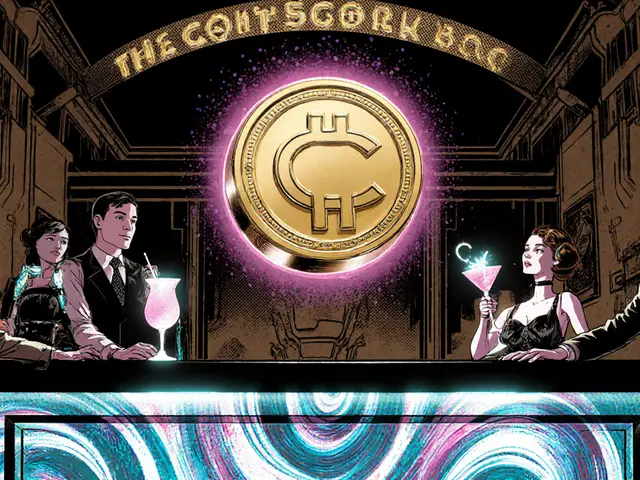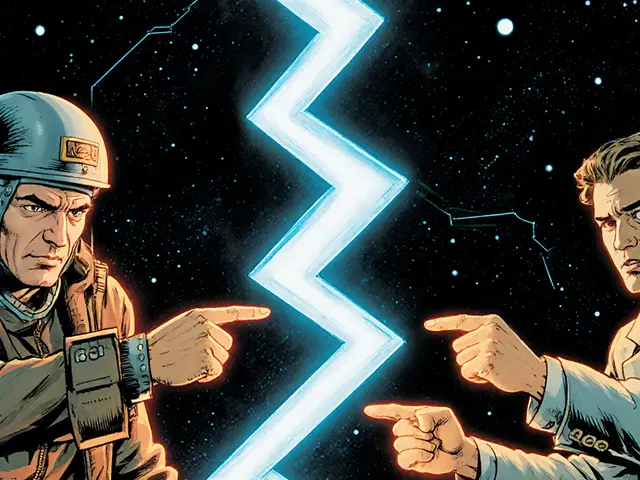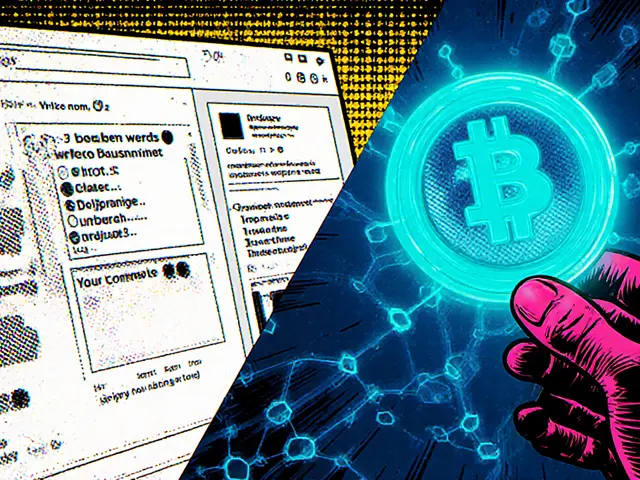Decentralized Voting: How Blockchain Empowers Everyone to Vote
When exploring decentralized voting, a process that records each ballot on a public ledger so no single party can change the result. Also known as on-chain voting, it removes the need for election officials and lets anyone with a crypto wallet participate. This approach decentralized voting draws power from three core building blocks: DAO governance, the collective decision‑making framework used by decentralized autonomous organizations, token‑based voting, a system where each governance token equals one vote or a weighted share of influence, and smart contracts, self‑executing code that automatically tallies votes and enforces outcomes. Together they create a trust‑less voting ecosystem that works 24/7 across the globe.
Why does this matter for developers, investors, or community managers? First, DAO governance lets projects allocate funds, tweak parameters, or even replace core code without filing paperwork. Token‑based voting makes it easy to reward long‑term holders while still giving newcomers a voice. Smart contracts guarantee that once a vote is cast, the result can’t be edited – the code is the arbiter, not a clerk. Some platforms even layer quadratic voting on top of these basics to curb the influence of whales, letting participants spend multiple “voice credits” but at a rising cost. The result is a more level playing field where ideas win on merit, not on hidden power.
Security is a big piece of the puzzle. In proof‑of‑stake networks, slashing protection mechanisms can penalize validators who act maliciously, and the same logic applies to vote manipulation. A coordinated bribery attack can flood a DAO with cheap tokens to sway a proposal, while Sybil attacks exploit multiple fake identities to meet quorum thresholds. Our guide on How to Safeguard Your Validators with Effective Slashing Protection shows how to set up monitoring tools that also help spot abnormal voting patterns before they damage a protocol.
Practical use cases pop up everywhere. DeFi protocols use on‑chain votes to approve upgrades, as we explored in the Celestia modular blockchain articles where rollup projects depend on community signals for data‑availability decisions. NFT collections, like the Forest Knight KNIGHT token airdrop, let holders decide on future game features through Snapshot polls. Even content platforms are experimenting with decentralized voting to reward creators – see our piece on Web3 Content Ownership for a step‑by‑step on how creators can let fans vote on royalty splits.
When you need a voting interface, a few tools dominate the space. Snapshot offers gas‑free voting by reading token balances at a specific block height. Aragon and DAOstack provide full governance suites that include proposal creation, voting, and execution via smart contracts. Tally focuses on on‑chain analytics, helping projects monitor voter participation and detect anomalies. Each tool abstracts the underlying smart‑contract logic, so community managers can focus on the proposal content rather than the code.
Challenges remain, though. Voter fatigue can drop participation rates, especially when token distributions are highly uneven. Low quorum thresholds may let a small minority push through risky changes, while high thresholds can stall progress. Gas fees on congested networks sometimes make voting cost‑prohibitive, pushing projects to adopt layer‑2 solutions or optimistic rollups. Privacy‑preserving voting is another frontier; research on zk‑SNARKs and other zero‑knowledge proofs aims to hide voter identities while still proving legitimacy, a topic hinted at in our coverage of privacy‑focused airdrops like the CYC token.
Looking ahead, decentralized voting will likely blend more advanced mechanisms. Quadratic voting, already in experimental use, can balance influence by making each additional vote costlier. Cross‑chain voting protocols aim to let a token holder on one blockchain cast a vote that affects a contract on another chain, a natural extension of the modular blockchain ideas we discussed for Celestia. As regulators keep an eye on governance tokens, transparent on‑chain voting records could become a compliance asset, showing auditors that decisions were made openly.
What to Expect Below
Below you’ll find articles that dig deeper into each piece of the voting puzzle – from the technical side of data availability in modular chains to real‑world examples of underground crypto economies that used informal voting to coordinate P2P trades. Whether you’re new to on‑chain governance or looking to fine‑tune a DAO’s voting parameters, the collection offers practical tips, risk warnings, and step‑by‑step guides you can apply right away.
Now, let’s explore the articles that break down these concepts and show how decentralized voting is reshaping finance, gaming, and digital communities.






